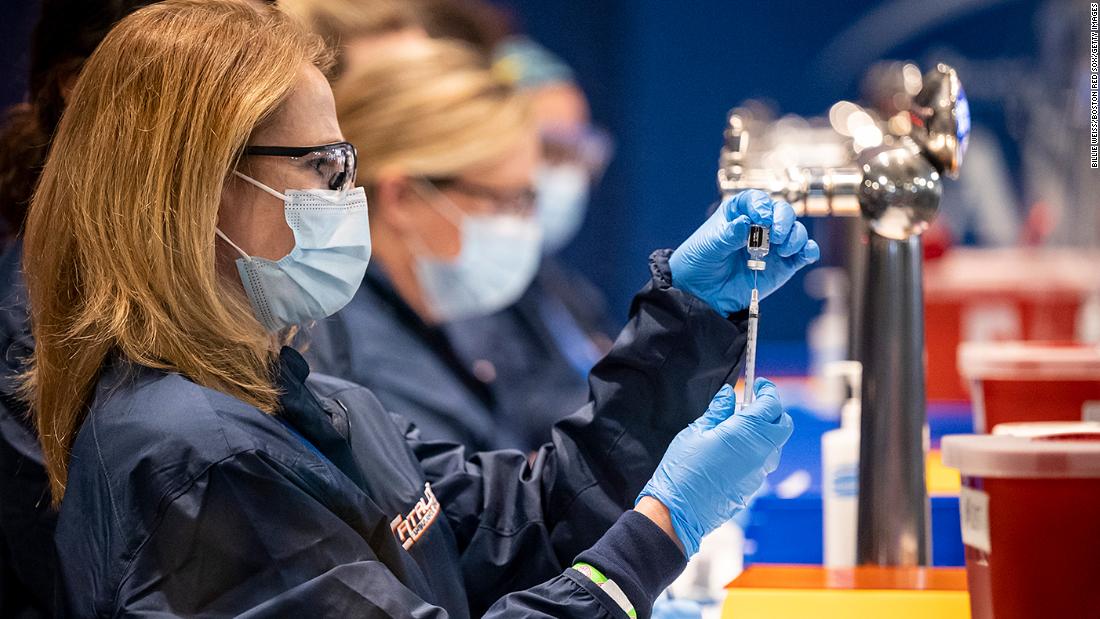
“We have little breathing space at the moment, but if these new variants become dominant in our country, we will be back where we were in November and December and maybe worse,” said emergency physician Dr. Megan Ranney on CNN.
“The increase that is likely to occur with this new variety from England will take place in the next six to fourteen weeks and when we see that happen … we are going to see something like we haven’t seen in this country yet,” Dr. Michael Osterholm, director of the Center for Infectious Disease Research and Policy at the University of Minnesota, told NBC Sunday.
“Despite the falling numbers, now is not the time to give up basic precautions,” Ranney warned on Sunday. “Wear a mask, avoid unmasked gatherings indoors, and of course wash your hands and try to keep your distance from others if possible.”
Expert urges change of vaccine strategy
“We still want to get two doses in everyone, but I think ahead of this wave, we should get as much one dose as we can in as many people over 65 as we can to reduce serious illness and deaths. weeks ahead, ”he told NBC.
Getting more first doses now shouldn’t mean giving up a second dose, Ranney said.
The problems facing states
Kentucky Governor Andy Beshear told CNN on Sunday, “If we have three issues, it’s supply, supply, and supply.”
While the state has the capacity to give 250,000 first doses per week, Beshear said, they are only scheduled to receive about 64,000 doses – a shortage that other states are also facing.
“The only thing keeping us from beating this virus next month is the amount of supply we get.”
New York City Mayor Bill de Blasio on Sunday highlighted preliminary data showing clear racial disparity among New Yorkers who have received vaccine doses to date.
“What we are seeing clearly is the particularly marked reality that many more people from white communities are getting vaccinations than people from black and Latino communities,” said de Blasio.
In response, the city has expanded its list of neighborhoods most affected by the virus and will expand its reach, prioritize appointments and add new vaccine sites in those areas, among other efforts, the mayor said.
Inequality, De Blasio said, must be “tackled aggressively and creatively”.
CDC provides guidelines for Super Bowl
The short version: Enjoy the game with only people from your household and let other guests join in virtually.
For Americans who choose to attend major Super Bowl events such as viewing parties, the agency offered several recommendations, including calling the venue ahead of time to make sure they take safety precautions, following social distance guidelines, avoiding cheers, contactless use payment methods and keep a mask. always.
Maggie Fox, Ganesh Setty and CNN’s Naomi Thomas contributed to this report.

